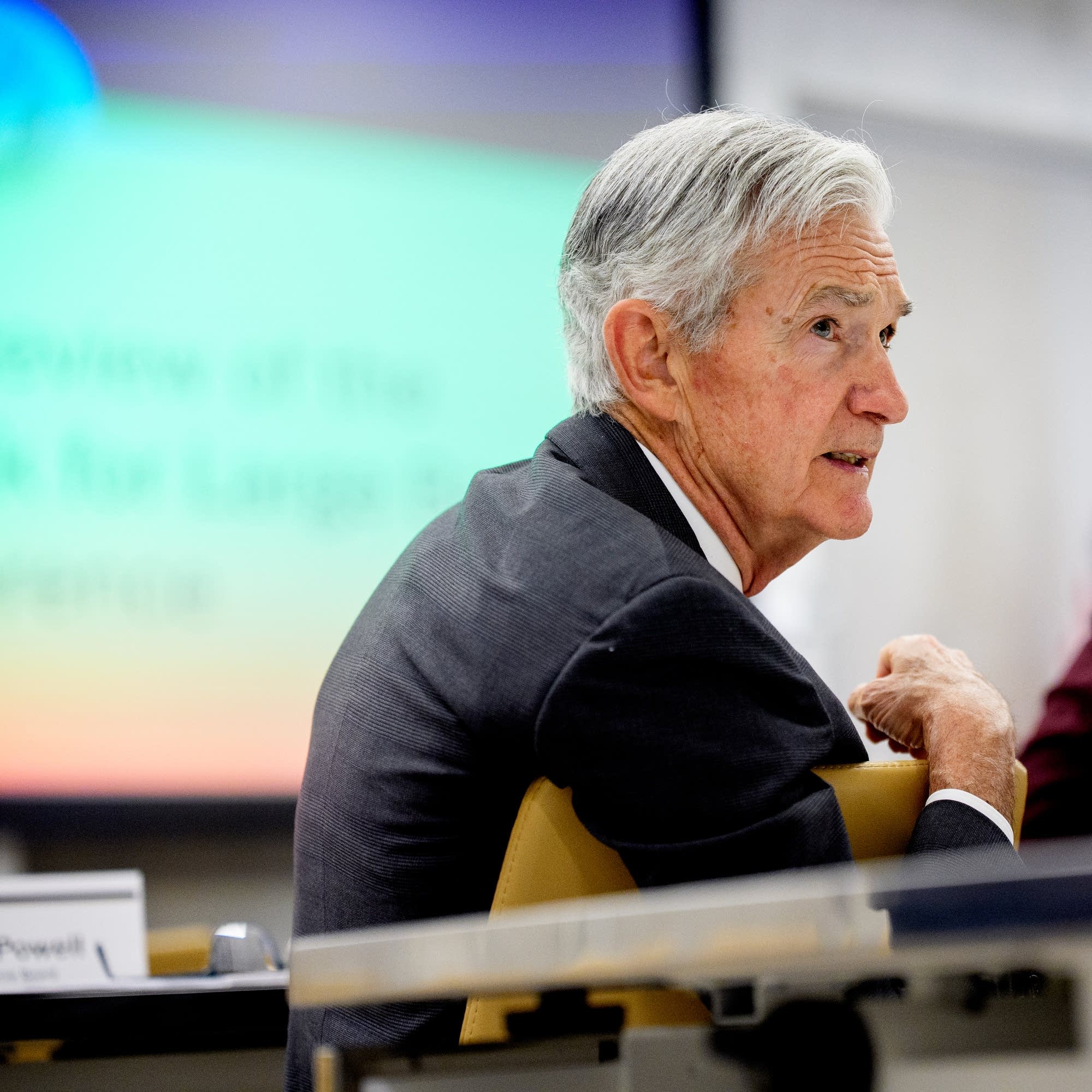
🤖 AI Summary
Overview
This episode delves into the U.S. labor market's transition, the Federal Reserve's upcoming decisions, and the broader economic implications of inflation and tariffs. It also explores advancements in visual AI, the growing popularity of spicy foods as a cultural and economic trend, and how Indigenous artists are navigating the challenges of tariffs in their craft.
Notable Quotes
- We don't want to confuse weakness with moderation. We're seeing a bit of a pause, not a halt, in hiring.
- Amy Glaser, on the softening labor market.
- Americans are setting their mouths on fire. We are an overwhelmingly spicy food nation now.
- Ellen Cushing, on the rise of spicy food culture.
- I just need seven mountain goats a year. That’s all, guys.
- Lily Hope, on sourcing traditional materials for Indigenous art amidst tariff challenges.
📉 Labor Market in Transition
- Unemployment claims are rising, with continuing claims nearing 2 million, the highest since late 2021.
- Mitchell Hartman notes that while layoffs aren't at recessionary levels, fewer people are exiting unemployment, signaling a softening job market.
- Employers remain hesitant to downsize due to memories of pandemic labor shortages.
- Aging demographics and geopolitical uncertainties are contributing to a supply-demand imbalance in the labor market.
- Fed Chair Jerome Powell's upcoming Jackson Hole speech is expected to address these dynamics, with speculation on potential rate cuts later this year.
🤖 Advancements in Visual AI
- Vision Language Models (VLMs) are emerging, enabling AI to interpret images by breaking them into smaller patches
akin to words.
- Applications include drone-based cattle tracking, retail gaze detection, and construction site monitoring.
- Challenges persist in training these models due to limited annotated image data compared to text-based datasets.
- Companies are combining vision AIs with existing language models to enhance functionality, such as identifying safety hazards or objects in complex environments.
🌶️ The Economics of Spicy Food
- Spicy food has become a dominant trend in the U.S., with 95% of restaurants offering spicy options.
- The Carolina Reaper, at 2.2 million Scoville units, exemplifies the extreme end of this trend.
- Rising food costs have made spice a cost-effective way to enhance flavor in cheaper ingredients, such as chicken.
- Brands like Frito-Lay have capitalized on this demand, with spicy products dominating snack aisles.
- Gen Z, raised in a globalized food culture, leads the charge, with over half identifying as hot sauce aficionados.
🎨 Indigenous Artists and Tariff Challenges
- Tariffs on imported materials, such as beads and textiles, are driving up costs for Indigenous artists.
- Beverly Bear King Moran’s intricate beadwork, priced at $47,000, highlights the labor-intensive nature of traditional crafts.
- Some artists, like Lily Hope, are turning to local materials (e.g., mountain goat hair) to reduce reliance on imports, though this increases labor demands.
- Despite these challenges, collectors are showing strong interest in Indigenous art, with some artists selling out quickly.
📊 Tariffs and Global Trade
- Tariffs continue to impact various sectors, including pharmaceuticals and retail.
- Walmart has managed to maintain its outlook despite higher costs, while Guess is navigating a private buyout amidst economic uncertainty.
- The U.S. and EU have negotiated new tariff agreements, with implications for industries like drug imports.
AI-generated content may not be accurate or complete and should not be relied upon as a sole source of truth.
📋 Episode Description
Rising unemployment claims will be on Fed Chair Jay Powell's mind when he addresses the Jackson Hole Economic Symposium on Friday, and as he contemplates an interest rate decision in September. But he’s also got stable prices amid tariff uncertainty to worry about. So, we wonder: What Will Jay Powell Do? Later in this episode: Visual AI tools trail behind language-based models, popular spicy snacks could be a symptom of rising food costs, and Indigenous artists tell us how tariffs factor into their business.
Every story has an economic angle. Want some in your inbox? Subscribe to our daily or weekly newsletter.
Marketplace is more than a radio show. Check out our original reporting and financial literacy content at marketplace.org — and consider making an investment in our future.
